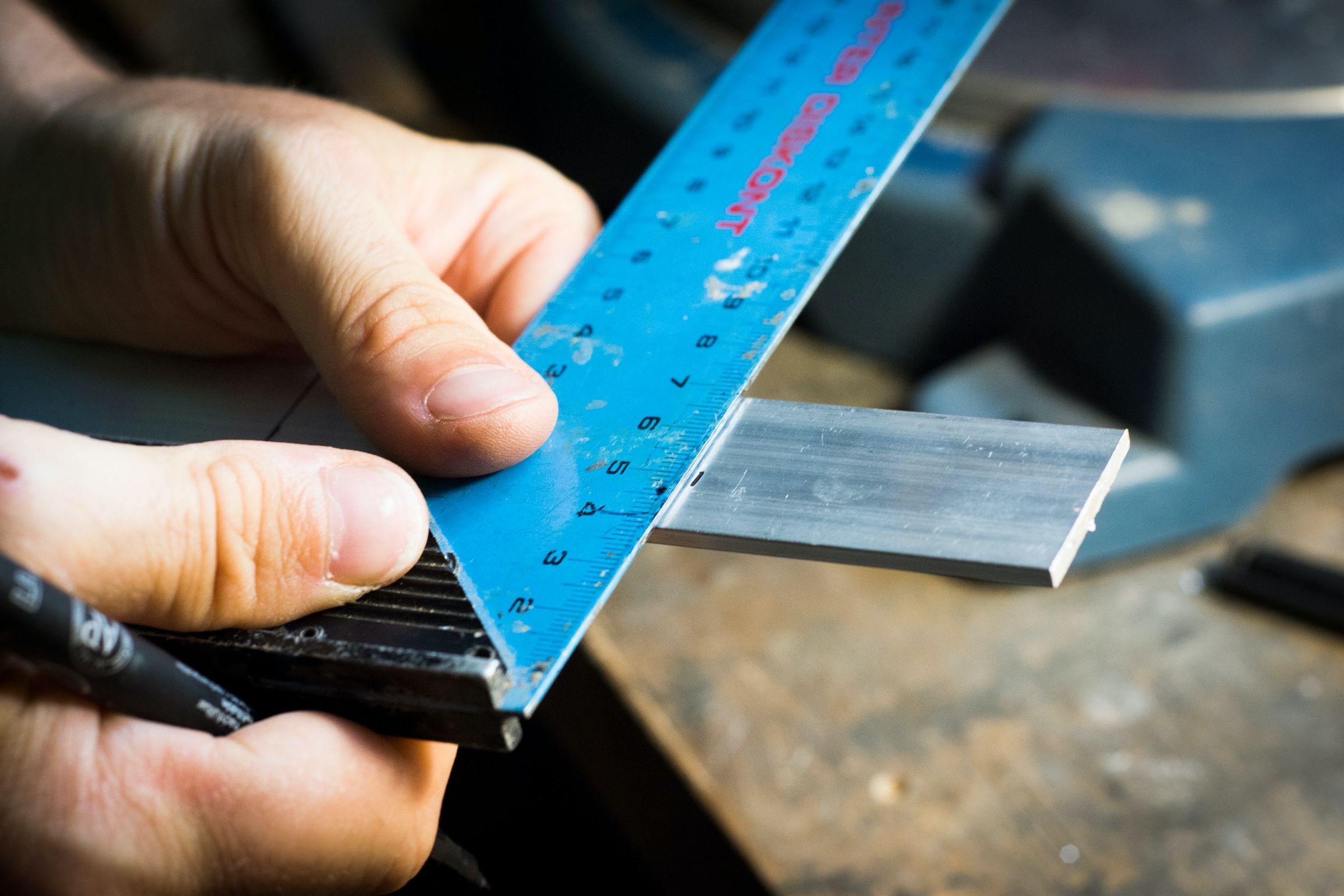
Technical
To ensure the product quality and safety, understanding the technical information of fasteners is very important.
Fasteners manufacturing industry is a complex and diverse field where products vary in size, shape, material and function. To ensure the quality and precision of the fasteners, multiple techniques and processes need to be mastered.
Technical information for metal parts covers various aspects, such as the product's material, size, surface treatment and special processing. Material is one of the most critical properties of fasteners, where different materials provide varying levels of hardness, tensile strength, corrosion resistance and abrasion resistance. Size is another crucial property that can affect the fit and installation of the parts. In addition to material and size, surface treatment is also extremely important, as it can enhance the durability, aesthetics and performance of the parts. Common surface treatment methods include electroplating, heat treatment, vibratory grinding, polishing and more.
By gaining a deep understanding of the materials, sizes, surface treatments and performance indicators of metal parts, you can choose and use these parts better to ensure the performance and safety of your product. We will also update our technical data regularly based on industry trends.
What is Computer Numerical Control (CNC) Machining?
CNC (Computer Numerical Control) machining is a manufacturing process to produce the precision fasteners which require tighter tolerances in all industries....
Rolled Thread & Cut Thread
There are two common methods to produce the external threads on fasteners:rolled thread and cut thread.Let’s take a look at the main differences between...
About Tamper Proof Screws
Most applications of tamper proof screws are intended to be difficult to remove. Some tamper proof screws are designed for anti-theft purposes (eg. Tamper...
PPAP & IMDS
PPAP (Production Part Approval Process) is a well-known automotive industry standard that ensures the components produced by suppliers meet the requirements...
Finish of stainless steel components: Passivation
Passivation process is a chemical film that formed when stainless steel parts are exposed to an oxygen environment. Formation of this passivation film...
Types of Aluminum material used in Aircraft
Aluminum alloys are a preferred material on design chart on aerospace components and suitable for a wide range of aircraft components.■ 2014 Strong...
What is Centerless Grinding
Centerless grinding is a technique of abrasive cutting which does not require fixture to hold the work piece. The process removes material of a work piece...
A Quick Look at Heat Treatment of Steel
Heat treatment is the process of heating and cooling metals to alter the physical, sometimes chemical and properties of steel. In fastener manufacture...
Material Grade Comparison Table
The sheet including common carbon steel, stainless steel, alloy steel and other material grades around the world, it can be easier to compare and find...
Thread Tolerance Classes of Internally Threaded Adaptors
Thread tolerance classes of internally threaded adaptors.
Machine Screw Size
Machine screw is measured in millimeters (mm), such as M6 or M8 screws. The threads are divided into coarse threads and fine threads which can be selected...
Tapping Screw Size
Self-tapping screws, also known as sheet metal screws, are a type of screw that can tap their own threads as they are driven into a material. They are typically...
